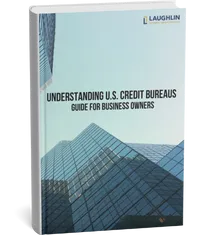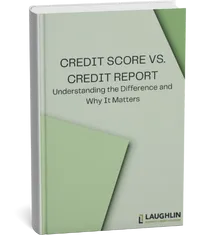
7 Things To Know About Business Credit Reports
Did you know that TransUnion doesn’t provide business credit reports?
It’s a surprising fact—especially since TransUnion is considered one of the “Big Three” in personal credit reporting. But when it comes to business credit, the landscape is completely different. Different rules, different bureaus, and very different consequences.
If you're a small business owner, entrepreneur, or even an established company executive, knowing how your business credit report works is essential to growing and protecting your brand. This guide covers the most overlooked, misunderstood, and crucial truths behind business credit reporting.
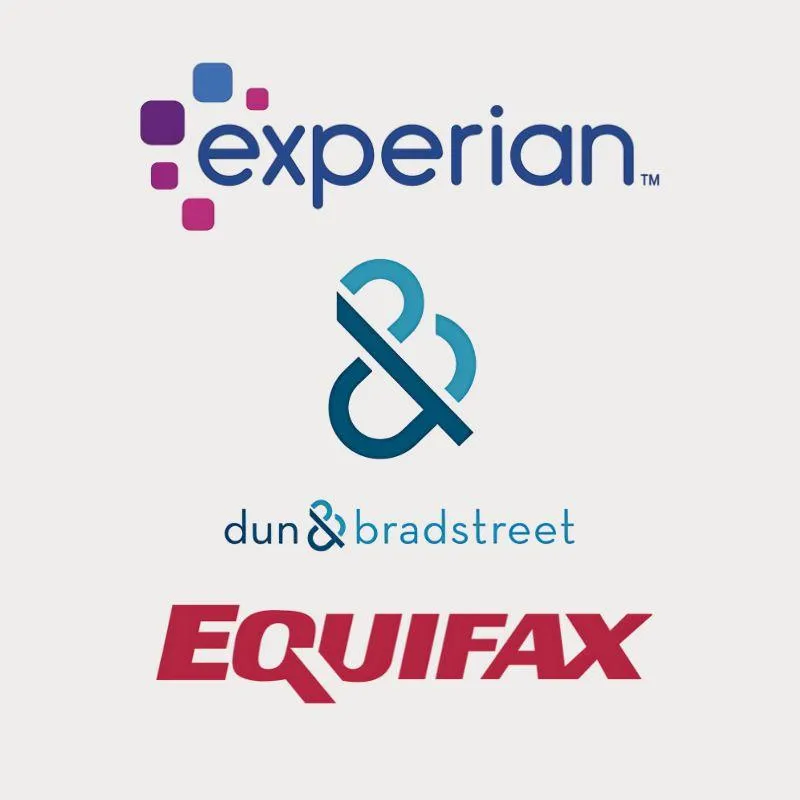
1. Not All Credit Bureaus Handle Business Credit
When people think of credit reports, they typically think of Experian, Equifax, and TransUnion—the three main bureaus for personal credit. However, only two of these handle business credit, and there’s a third bureau that often flies under the radar:
Dun & Bradstreet (D&B):
This is the most widely used bureau in the business credit world, particularly among suppliers, vendors, and government contracts. Their scoring system, called PAYDEX, measures how reliably your business pays its invoices. A PAYDEX score of 80 or higher typically means you're paying bills on time or early—crucial for building trust with partners.
Experian Business:
Experian offers deep insights into your company’s financial behavior. Their Intelliscore Plus score ranges from 1–100 and is based on various factors like outstanding balances, credit utilization, payment trends, and public records (like bankruptcies or liens). Many lenders—especially fintech and online lenders—use this to make decisions.
Equifax Business:
Equifax tracks detailed financial patterns such as the number of credit accounts, your oldest tradeline, delinquency history, and payment trends. Their business credit score ranges from 101 to 992, with a higher number indicating a lower risk of delinquency.
⚠️ TransUnion? Despite being a major player in consumer credit, they don’t currently provide business credit reports in the U.S. This is a common misconception that leads many entrepreneurs to look in the wrong place for business credit data.
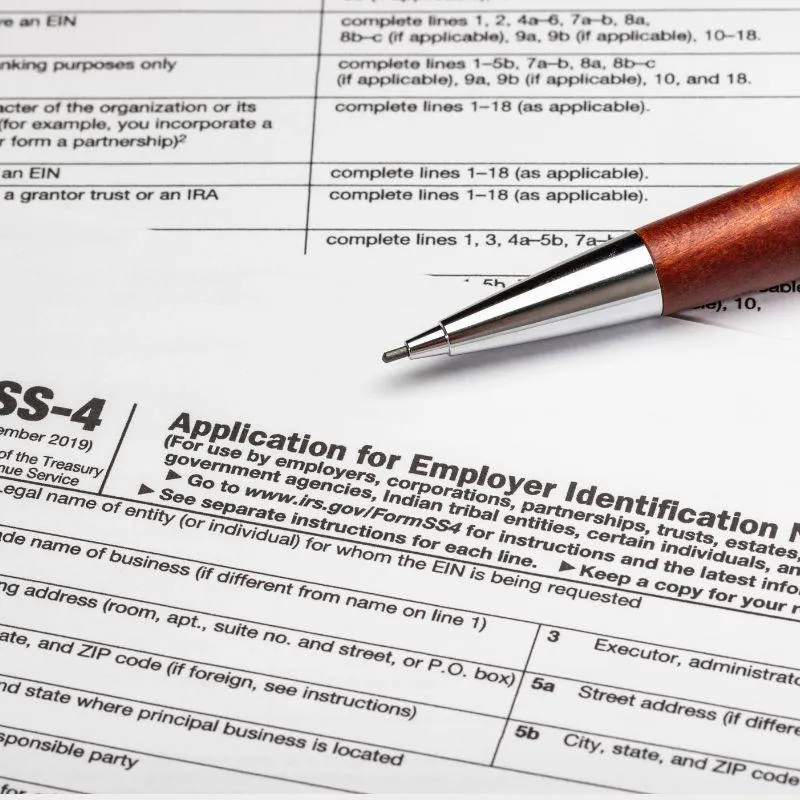
2. You Don’t Automatically Have a Business Credit
Profile
Just because you've registered a business doesn't mean you automatically have a business credit file. In fact, many businesses operate for years without ever building credit—not because they’re doing something wrong, but because they’re not using accounts that report payment data.
To build a business credit file, you need to:
✅Register your business as a separate legal entity (LLC, Corporation, etc.)
✅Apply for an EIN (Employer Identification Number) from the IRS
✅Open a business bank account separate from your personal finances
✅Apply for a D-U-N-S Number with Dun & Bradstreet—this is a unique nine-digit identifier for your business
✅Work with vendors and suppliers that report to the credit bureaus
📉 If you’re paying everything on time—but your vendors don’t report those payments—it won’t help your credit score.
🧱 Bottom line: Building business credit is not automatic. You have to be intentional and strategic about it.

3. Business Credit Isn’t Protected Like Personal Credit
Here’s something most business owners don’t know: Business credit reports are not governed by the Fair Credit Reporting Act (FCRA).The FCRA provides protections for consumers, including:
✅The right to one free report per year
✅The ability to restrict who sees your report
✅Strong procedures for disputing errors
But for business credit, those protections don’t exist. That means:
✅Anyone can buy your business credit report—even without your knowledge
✅You don’t automatically get free access to your own credit report
✅Errors can remain on your file unless you’re actively checking and disputing them
⚠️ This lack of regulation means you have to be your own watchdog. You can’t afford to assume your reports are accurate or secure unless you’re monitoring them consistently and taking proactive steps to manage your business credit file.
That’s where working with a Business Credit Advisor, like Laughlin Business Credit Advisors, becomes not just helpful—but strategic.
They can:
✅Help you monitor all major business credit bureaus (D&B, Experian, Equifax
✅Identify and dispute inaccuracies on your behalf
✅Offer insight into what’s hurting or helping your score
✅Assist in structuring your credit-building efforts for funding-readiness
✅Guide you on how to keep your file clean, compliant, and attractive to lenders.
👥 For business owners juggling multiple responsibilities, having expert guidance ensures you’re not overlooking critical details that could cost you funding, contracts, or credibility.
With no FCRA safety net, partnering with a trusted advisor like Laughlin
gives you a major advantage in protecting and growing your business credit profile.

4. Your Business Credit Report Is Public Information
One of the most shocking things about business credit? It’s public.
That’s right—anyone can purchase and view your business credit report, including:
✅Lenders and investors
✅Vendors and suppliers
✅Potential customers
✅Even competitors
This level of transparency can work for you—or against you. A strong report can:
✅Help you negotiate better terms with vendors
✅Increase your chances of winning contracts
✅Make your business more attractive to investors
But a poor report could:
✅Hurt your chances of securing funding
✅Lead to higher insurance premiums
✅Erode trust with customers and partners
📣 Your business credit file isn’t just for banks. It’s a reflection of your reputation—and it’s being reviewed more often than you think.
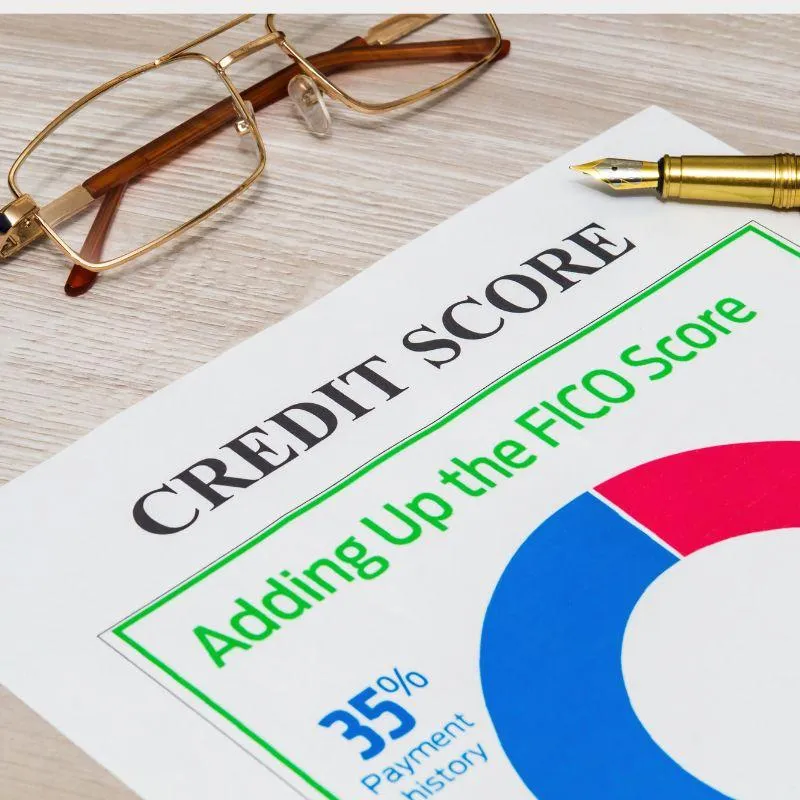
5. Each Bureau Uses a Different Scoring Model
Unlike personal credit, where the FICO score is fairly standardized, business credit scoring varies depending on the bureau.
Here’s how the scoring breaks down:
✅D&B PAYDEX Score (0–100): Based solely on your payment history with vendors and suppliers. A score of 80 means you pay on time; 90+ means you pay early.
✅Experian Intelliscore Plus (1–100): Factors include payment trends, public records, collections, and overall credit usage. A score above 76 is considered low risk.
✅Equifax Business Credit Risk Score (101–992): Considers credit utilization, payment trends, and company size. A higher score means lower risk of delinquency.
🔍 Because the models are so different, your score can vary significantly across bureaus. That’s why it’s important to monitor all three, not just one.

6. Managing Business Credit is a Continuous Process
Building a strong business credit profile doesn’t happen overnight—and it doesn’t stop once you’ve achieved a good score.
You need to consistently:
✅Pay your invoices on time—early payments are even better
✅Maintain low credit utilization—especially on business credit cards and lines of credit
✅Check your reports regularly—look for errors or changes
✅Dispute any inaccuracies—mistakes can hurt your score just as much as late payments
✅Work with reporting vendors—make sure your positive history is being recorded
🛠️ Consider using monitoring services or setting up calendar reminders to check your business credit at least quarterly. Your business credit is a living document—and maintaining it well can lead to higher limits, lower rates, and more opportunities.
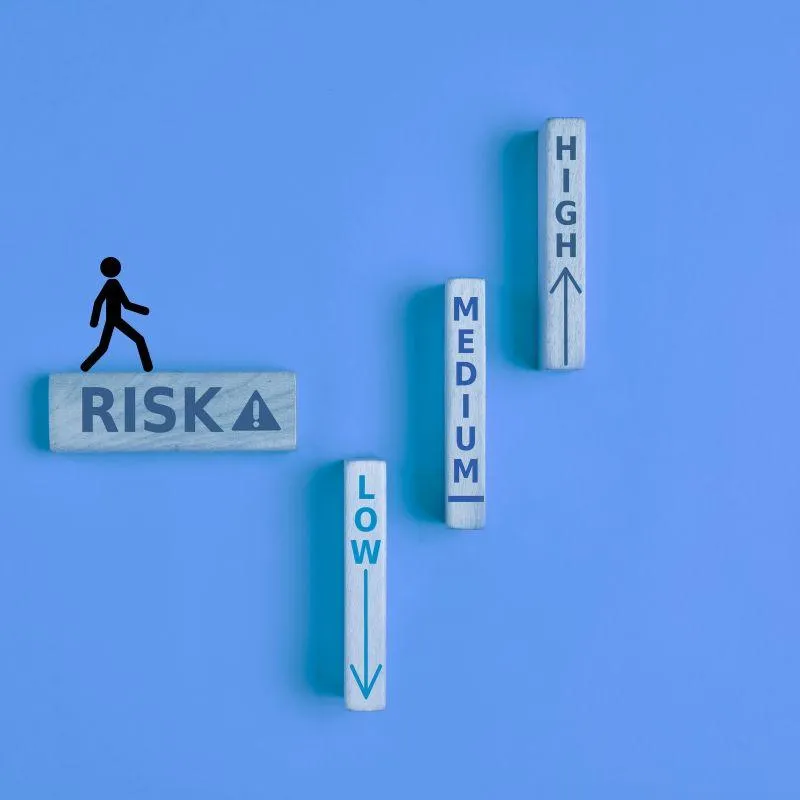
7. Your Industry Code May Be Labeling You as “High
Risk”
When you register a business, you're assigned a code that identifies the industry you're in. These are called: NAICS (North American Industry Classification System) codes and SIC (Standard Industrial Classification) codes. These codes are used by lenders, insurers, and even government agencies to classify your business—and they play a direct role in how your business is assessed for risk.
Why this matters:
✅Some industries are considered “high-risk” (like construction, hospitality, cannabis, and transportation)
✅Lenders may automatically adjust terms or decline funding based solely on your NAICS/SIC code
✅Insurance companies may charge higher premiums based on perceived industry risks
✅An incorrect code—entered by your bank, merchant processor, or even you—could cause unnecessary red flags
🧭 Action Step:
Check your business’s NAICS/SIC code. You can look it up via the NAICS Association website or directly through the IRS documentation for your EIN. If the code is outdated or inaccurate, contact your bank or business service provider to have it corrected.
📉 This is one of the most overlooked reasons businesses are declined for funding—even if their credit is solid.
Your business credit report is more than just a number—it’s a reflection of your financial reputation and operational credibility. Knowing how it's created, monitored, and interpreted can give your business a real edge in today’s competitive environment.From understanding which bureaus matter, to correcting your industry classification, to actively building and protecting your credit—it all adds up to a stronger, more fundable busines
Leave a Comment
Comments:




©2025 Laughlin Business Credit Advisor, all rights reserved. No reproduction or use of any portion of the content or work, or the entire work, is permitted without the express written permission and authorization of the publisher. However, the publisher of these materials routinely grants authorization for reproduction or use of this work, in whole or in part. If you would like to use any portion of this material in a book, article, e-zine, newsletter, radio or television broadcast, podcast, or in any other seminar, teleconference, or other events or publications, please email or call Laughlin Business Credit Advisor.
Stay inspired, informed, and ahead – fill out the form to join us now!
Dive into our library and unlock a treasure trove of business insights that can transform your journey to success.
Laughlin Business Credit Advisors
680 W. Nye Ln, Ste #201Carson City, NV 89703
All Rights Reserved,
© 2024 Great Basin Holdings, Inc.








